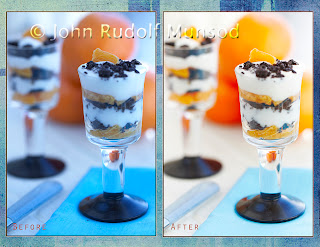(1) Capture an image that purposely had the White Balance incorrectly set. Process out two files - a"before" image showing the file uncorrected for color and an "after" image with color correction.
(2) Capture an image (free creative licence to shoot whatever came to mind) and process out the file as "normal" (before). Then using any of the advanced features of CaptureOne Pro software adjust the file however you like (after). Process it out and show both before and after side by side.
The marking was assessed not only in their ability to use the software but as always also in the creative, execution of idea and the final result.
















.jpg)




























